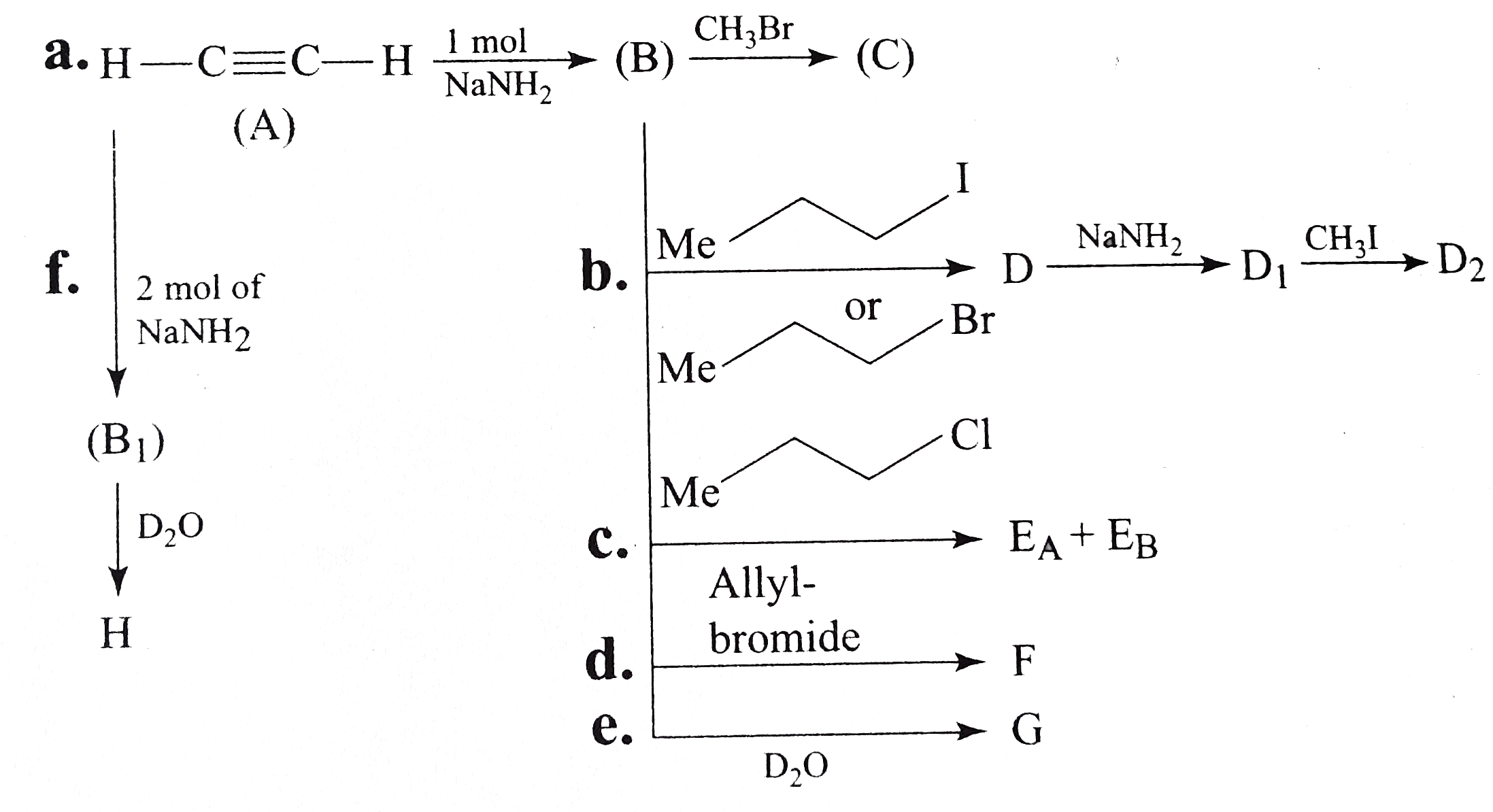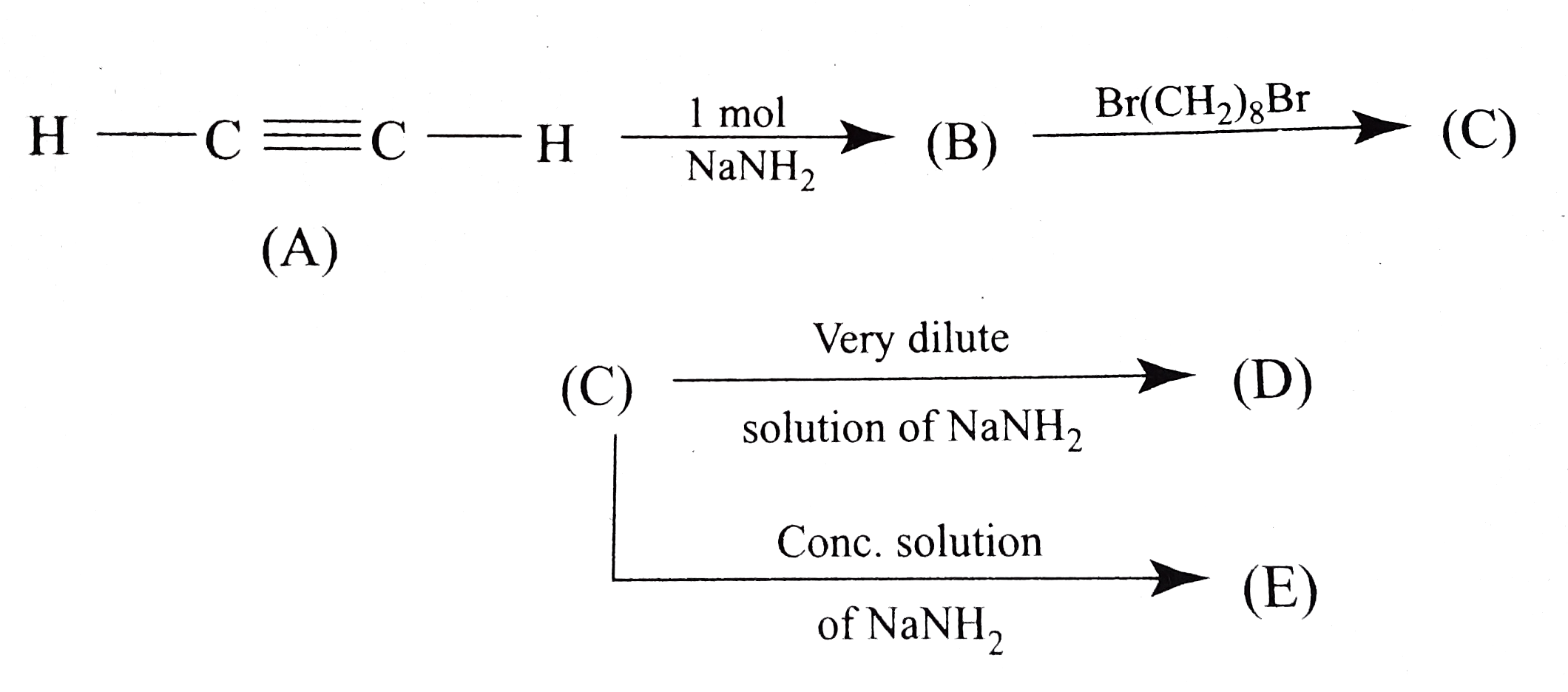Choose the odd one out
(1) Major axis paralle to x-axis
(2)
(3) forward c units right and c units left of centre
(4) Solution in Tamil
The correct Answer is:D
Step by step video, text & image solution for Choose the odd one out (1) Major axis paralle to x-axis (2) c^(2)= a^(2) -b^(2) (3) forward c units right and c units left of centre (4) c^(2) = a^(2) + b^(2) by Maths experts to help you in doubts & scoring excellent marks in Class 12 exams.
Topper's Solved these Questions
- BOOK - SURA PUBLICATIONCHAPTER - TWO DIMENSIONAL ANALYTICAL GEOMETRY - II EXERCISE - ADDITIONAL QUESTIONS (Choose the incorrect statement : )4videos
TWO DIMENSIONAL ANALYTICAL GEOMETRY - II
- BOOK - SURA PUBLICATIONCHAPTER - TWO DIMENSIONAL ANALYTICAL GEOMETRY - II EXERCISE - (2 marks)10videos
TWO DIMENSIONAL ANALYTICAL GEOMETRY - II
- BOOK - SURA PUBLICATIONCHAPTER - TWO DIMENSIONAL ANALYTICAL GEOMETRY - II EXERCISE - ADDITIONAL QUESTIONS (Fill in the blanks )14videos
TWO DIMENSIONAL ANALYTICAL GEOMETRY - II
- BOOK - SURA PUBLICATIONCHAPTER - THEORY OF EQUATIONSEXERCISE - 4 MARKS5videos
THEORY OF EQUATIONS
Similar Questions
The equation x2+y2+2gx+2fy+c=0 reprsents the circle if
07:42View SolutionFind the equation of tangent to the circle x2+y2+2x−3y−8=0at(2,3)
02:04View SolutionThe line y = mx + 1 is a tangent to the parabola y2=4x if m = _____
01:43View SolutionIf the sum of the roots of the quadratic equation ax2+bx+c=0 ( abc ≠ 0) is equal to the sum of the squares of their reciprocals, the sum of the squares of their reciprocals, then ac,ba,cb are in H.P.
02:50View SolutionComplete the following reactions: a. H−C(A)≡C−H1mol−−−−→NaNH2(B)CH3Br−−−→(C)

g. H−C≡C(A)−H1mol−−−−→NaNH2(B)Br(CH2)8Br−−−−−−−−→(C)
 01:58View Solution
01:58View SolutionThe value of |[a,a+d,a+2d] , [a+d,a+2d,a+3d] , [a+2d,a+3d,a+4d]|+|[b
05:29View SolutionThe name of
 according to IUPAC nomenclature system is :02:40View Solution
according to IUPAC nomenclature system is :02:40View SolutionWrite the IUPAC name of
H Br | |CH3−C−CH2−CH2−CH2−C−CH3 | | OH Br05:32View SolutionClassify the following reactions in one of the reaction type studied in this unit. (a) CH_(3)CH_(2)Br +HS^(-) rarr CH_(3)CH_(2)SH + Br^(-) (b) (CH_(3))_(2)C = CH_(2) + HCl rarr (CH_(3))_(2)C Cl - CH_(3) (c) CH_(3)CH_(2)Br + HO^(-) rarr CH_(2) + H_(2)O + Br^(-) (d) (CH_(3))_(3)C-CH_(2)OH + HBr rarr (CH_(3))_(2)CBrCH_(2)CH_(3) + H_(2)O
03:09View SolutionC∣BrH2−C∣BrH2(A)−−→CH≡CH, where A is ,
02:07View SolutionWhich of the following haloalkanes have low boiling point ? Give reason.
(a) CH3CH2CH2CH2Br
(b) CH3CH2CHCH3 | Br
(c ) CH3 |H3C−C−CH3 | Br02:07View SolutionClassify the following reaction in one of the reacation type studied in this unit. (1) CH_(3)CH_(2)Br+HS^(-)rarrCH_(3)CH_(2)SH+Br^(-) (2) (CH_(3))_(2)C=CH_(2)+HCIrarr(CH_(3))_(2)C CI-CH_(3) (3) CH_(3)CH_(2)Br+HO^(-)rarrCH_(2)=CH_(2)+H_(2)O+Br^(-) (4) (CH_(3))_(3)C-CH_(2)OH+HBrrarr(CH_(3))_(2)CBrCH_(2)CH_(2)CH_(3)+H_(2)O
02:39View SolutionI−CH2−C≡C−CH2−Br का IUPAC नाम बताइए |
View Solution1) Fragmentation () a) Planaria br 2) Unripe fruits () b) Yeast br 3) Desire () c) Spirogyra br 4) Reproduction () d) Watermelon br
View SolutionClassify the following reactions in one of the reaction type studied in this unit. (a) CH_(3)CH_(2)Br+HS^(-)rarrCH_(3)CH_(2)SH (b) (CH_(3))_(2)C=CH_(2)+Hclrarr(CH_(3))_(2)ClC (c ) CH_(3)CH_(2)Br+HO^(-)rarrCH_(2)=CH_(2)+H_(2)C (d) (CH_(3))_(3)C-CH_(2)OH+HBr rarr(CH_(3))_(2)CBrCH_(2)CF
View Solution

